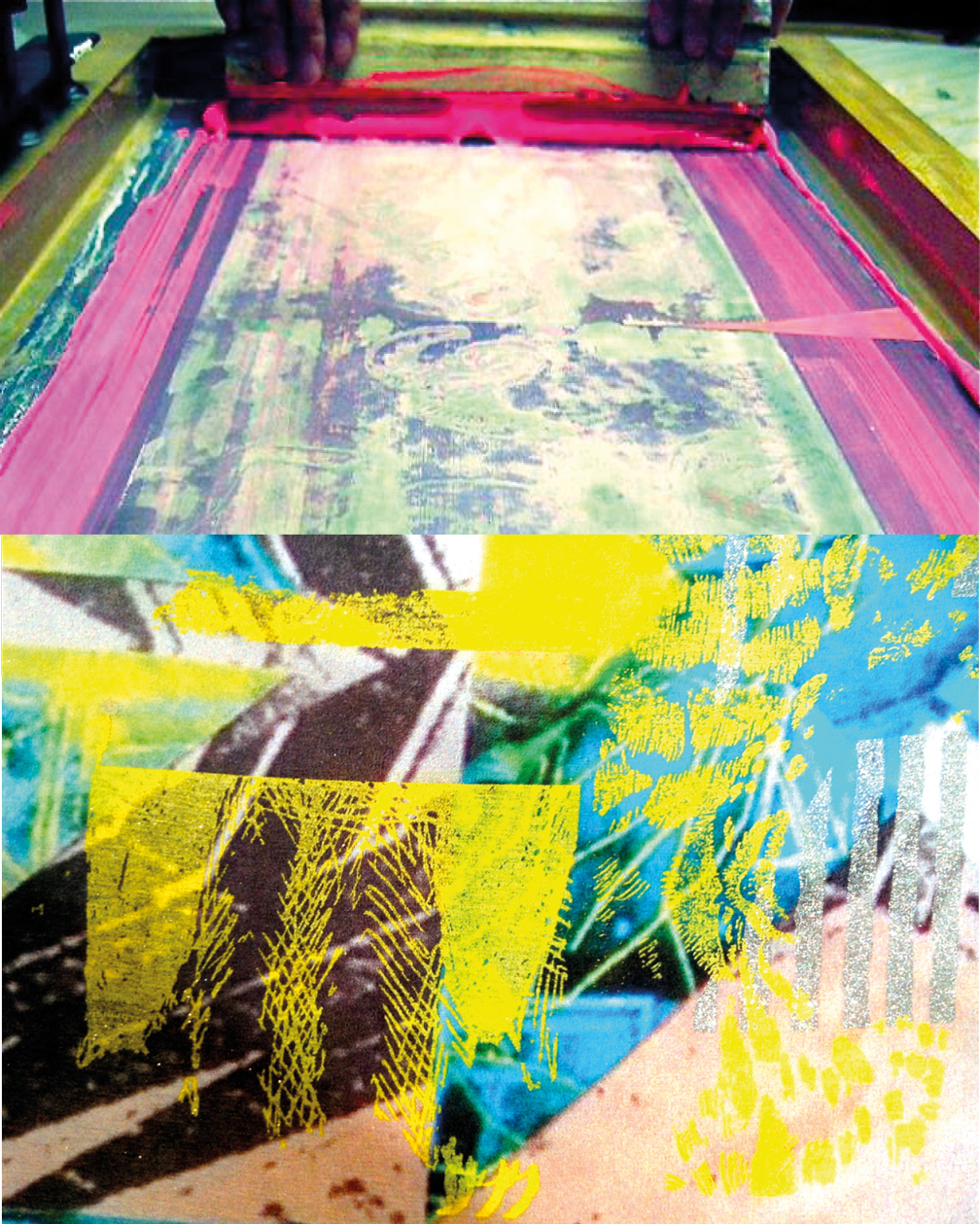
Passionate Aranka Horvath to the soul traveler, explores the ancestral art and has built trust by collaborating with various artisan workshops worldwide. Each collection is handcrafted, no mas produced, in limited editions to be coveted & chershed.
EMBROIED
Molas coming from Kuna culture installed in a territory between Colombia and Panama,the origin of molas is the painting of the body (tattoo) wich was postponed on fabric. They are cloth ornamental works worked back to front with the technique of the application embroidered, elaborated very colored fabrics. The worked molas traditonellement by the women of the Kuna community is not only di erent and unique;the women wear all their life and the death. The art of Molas re ects not only a big naturalistic and artistic knowledge but also the deep representation of a very original culture.

BATIK / HAND WOVEN
Batik is a fabric dyeing method using wax to create patterns and designs. This method make use of resist technique,applying areas of cloth with wax ( a dye-resistant substance) to present them from absorbing colors when the cloth is dipped into dye. A method thought to be over a thousand years old. A tradition of making batik is found in Asia, Indonesia, West Africa, Middle-East.
Weaving process consists of ve basic operations,shedding,picking, beating-up,left o and take up. Is a method of fabric production in which two distinct sets of yarns or threads are interlaced at right angles to form a fabric or cloth. The longitudional threads are called the wrap and the lateral threads are the weft;the other method are knitting,lace making,felting and braiding or plaiting.

BANDHANI / TIE AND DYE
Bandhani is highly skilled process. The technique involves dyeing a fabric which is tied tightly with a thread at several points;this producting a variety of patterns. Bandhani work,after the processing is over,results into a variety of symbols including,dots,squares,waves and strips. Bandhani pieces can be dyed by natural an arti cial colors. The fabrics is hand-tied with wire before immersed in a bath color. Impervious area creates draws the desired pattern. Blues are obtained from Indigo,most used natural bers such as cotton and silk. The history of dyeing can be dated back to pre-historic times. Di erent types of tie and dyes have been practiced in India, Japan and Africa for centuries. Tie-Dye became fully developpe in China during T’ang dynasty (618-906 A.D.) and Japan during Nara period ( 552-794 A.D.)

SHIBORI
A japanese term for methods of dyeing cloth by binding, stitching,folding,twisiting and compressing. In traditional shibori crafts,artisans have long been known to devise ways in which the hardwork nds the most e cient route to achieve ists production goal. They attend to the smalled of detail,such as the choice of a tying thread. Miura shibori they use a loosely twisted meduim- ne cotton thread wound our its own ball. Boshi shibori they use a tightly twisted meduim cotton thread wound on a wooden dowel. Kuno shibori a meduim-heavy linen thread wound on a wooden dowel and soaked in water. In Japan,the earliest known example of cloth dyed with the shibori technique dates back to the 8th century where indigo was the main dye used.

SCREEN-PRINTING
Is a printing technique that uses a woven mesh to support an ink-bloking stencil to receive a desired image. The attached stencil forms open areas of mesh that transfer ink or other printable materials which can be pressed through the mesh as a sharp -edged image onto a substrate. It is also silk-screen,serigraphy & serigraph printing. Screen-printing is a form of stencilling that rst appeared in a recognizable from China during the Song Dynasty ( 960- 1279 A.D.)